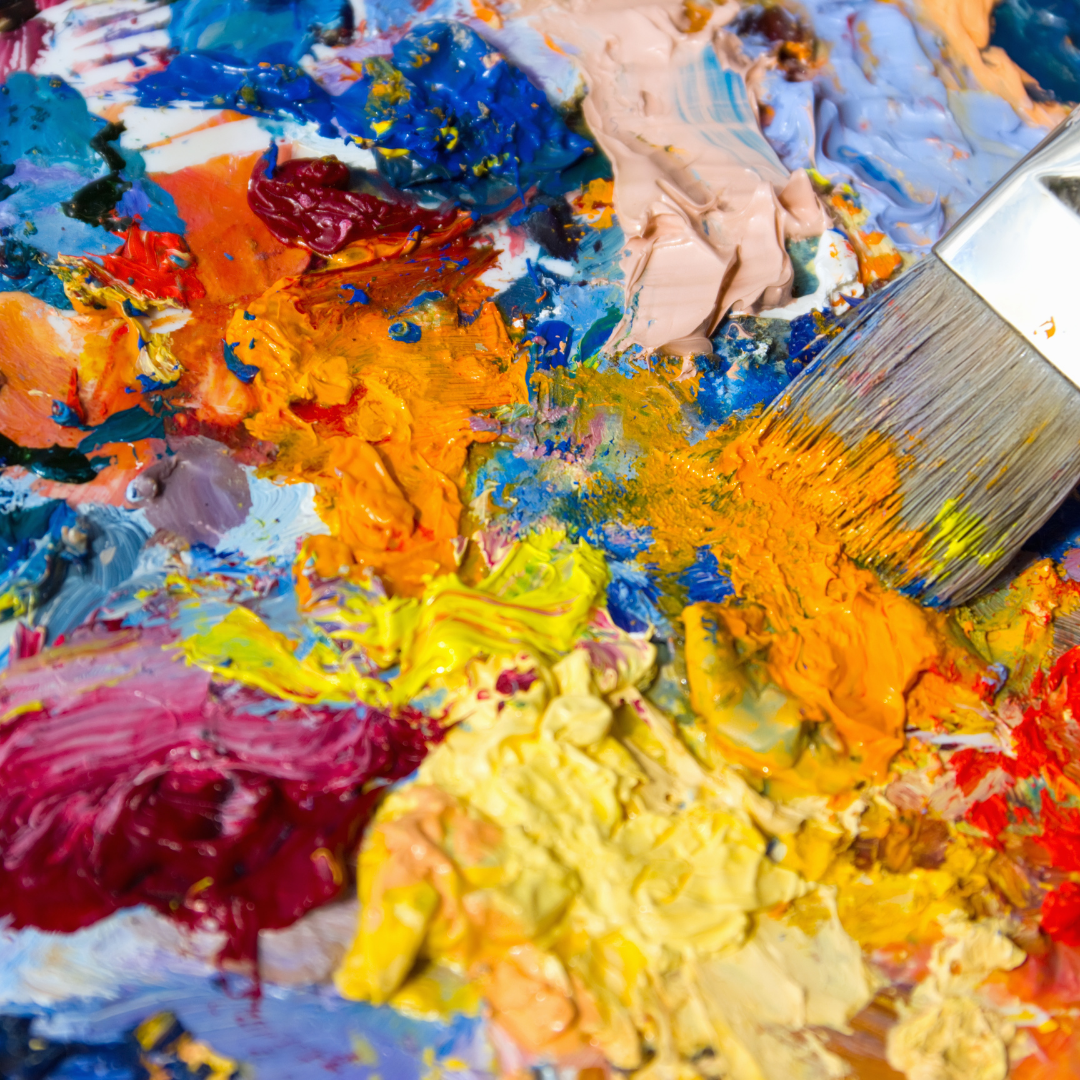If you’ve spent any time looking at oil paintings in museums, you’ll know that they are quite different from the work of any other artist. They don’t often look much like their creators, and it’s often difficult to predict what they will ultimately look like. That’s because they take time. Oil paintings are essentially blank canvas with a very specific way to be painted on them.
Oil painting is the art of painting with oil or another liquid medium, such as watercolour. In oil painting, the medium is typically stretched around the edge of a wooden or plastic panel, which may be hung on the wall. Oil paint is often mixed with turpentine or linseed oil, gums, and dyes to create a range of colours.
It is the traditional medium used by painters, but other media such as watercolour, tempera, and chalk painting have been used in Western art since the Renaissance. Over time, other types of painting materials have come into use, including acrylics, watercolour, pastels, and encaustic.
Oil painting is a wonderful medium for expressing one’s artistic talents. However, too much of a good thing can be bad for you: the oils are flammable, the fumes can irritate your eyes, and the fumes are permanent, so you can never go back to the way you were.
The paint is applied with a brush in a technique that is usually done in layers. Oil paint dries quickly, and the artist can have it on the surface within minutes. Some of the benefits of oil painting are that it is a very fast method of creating a painting. This is because the paint is applied in layers, so by the time the artist has applied several layers of paint, the painting is finished. It is also a great way for the artist to experiment with various painting styles
Although oil painting is also a difficult medium, it is not for everyone. That said, if you just can’t get enough of a certain genre, it is possible to learn how to produce oil paintings. Doing so is not a very difficult process, and it can be done with the right tools.
It’s always advisable to keep a separate room in your home for painting, because of the smells and the mess created. Oil paints can be particularly obtrusive in a house, which is why most people prefer to either rent creative spaces london (or elsewhere), or create a room in their shed or backyard for this purpose.
So, you want to get into oil painting, but you don’t want to spend a lot of money to learn the techniques. Although, it does take a lot of time and effort to develop your style and learn how to paint.
Here are the 3 rules for painting with oils:
- Choosing the right oil painting medium over lean solvent when oil painting is an important aspect of your oil painting experience and will help you get the most from your oil painting. The most commonly used oil painting mediums are, of course, oils, which greatly affect the colour and finish of the painting.
Fat paints are all the rage these days, but they don’t last nearly as long as lean paints. There is a way to keep your fat paints in tip-top condition, though. Lately, we’ve been painting with a medium called “Marmi.” It’s a fat paint that has a durable but low-viscosity formula, and it dries in a matter of minutes. This makes it ideal for quick, spontaneous paintings.
- Practice makes perfect, and this applies to oil painting as well. Many new artists attempt to paint with thick oil paint and then fill in the details with a thinner layer. This approach is like trying to separately print one colour on a computer and then print another colour on top of it.
This approach often leads to a lot of wasted time and materials as you start and stop numerous times as you try to figure out how to get the colours to blend. Instead, try this approach: Create a single layer of paint and then lay the oil paint next. You’ll end up with one thick layer and a series of thin layers.
- As oil painters, we often have to deal with the challenges of fast-drying paint. If you aren’t careful, this can lead to drips and runs that could easily ruin a painting. While it’s not possible to avoid this, you can slow things down by switching to slow-drying oil paint.



